
Chat with us
Our specialist team are available to help

Our specialist team are available to help
No Admin Fees
Free UK Mainland delivery
Honest Price Guarantee
We no longer support this web browser. Upgrade your browser for a better experience.

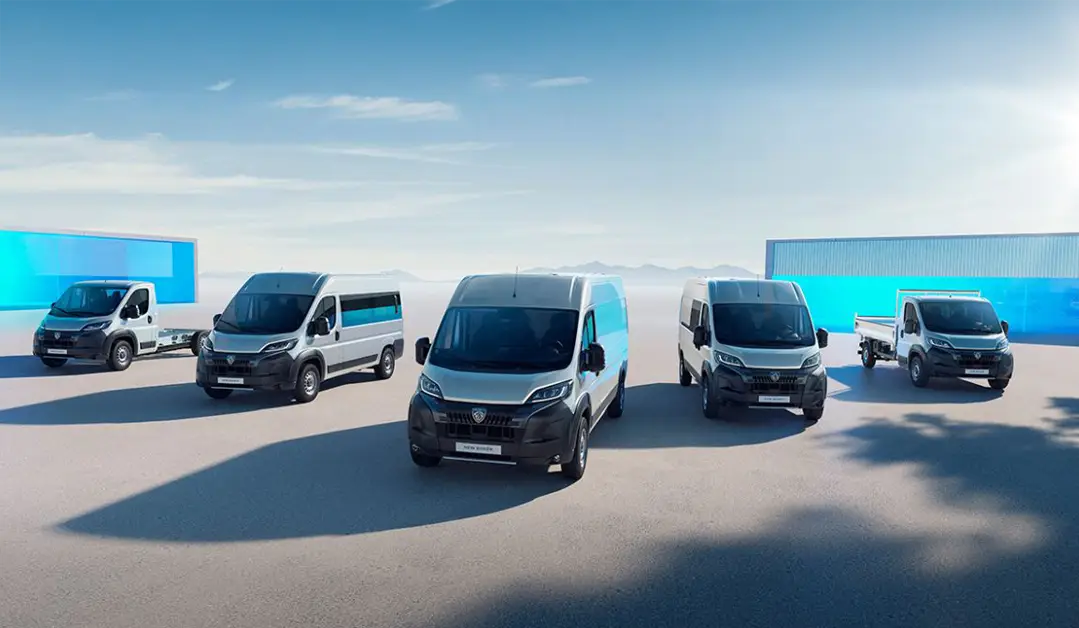
When leasing a new van, it is important to understand the different van body types to ensure you get the van that is right for your business.
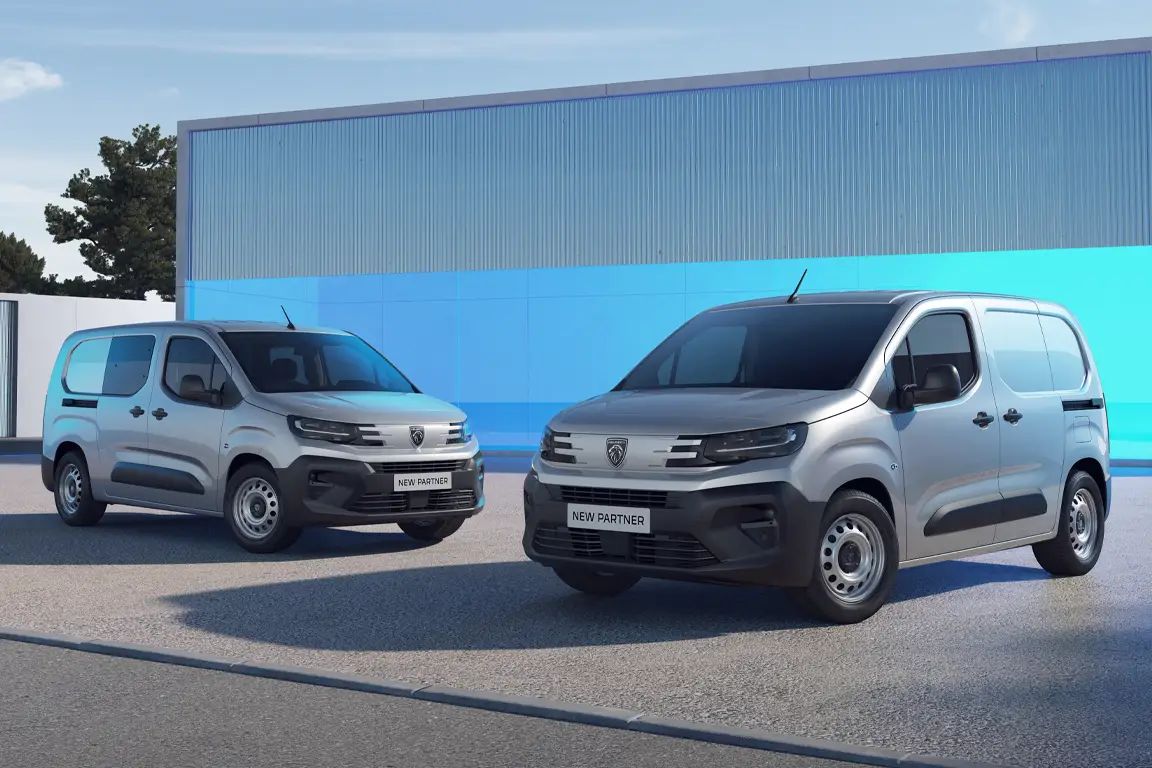
Small vans are popular for city-based, urban routes in that they are more frugal and can be manoeuvred more easily in busy streets. While small vans are capable of traversing longer miles, they are regularly used for last-mile delivery and postal services as they are more likely to involve smaller cargo loads.
As they are more likely to be used for multiple shorter journeys, most small vans are also available with the option of an electric powertrain help bring running costs down significantly.
Some small vans can be specified with a bench seat, increasing the number of passengers to three, while many offer extended wheelbases/lengths to allow for a larger cargo bay or house five seats as a crew cab van. if you're unsure which body style fits best, dive into our How to Choose a Van guide.
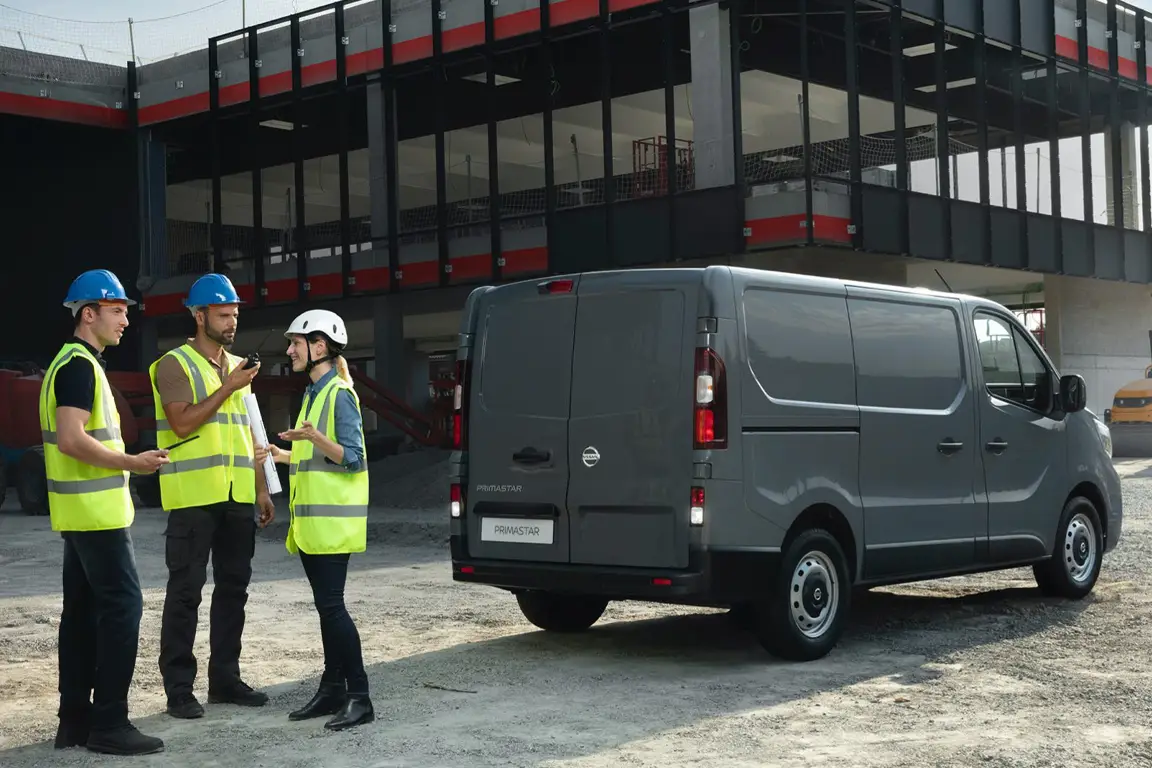
The Medium Van is the most common sight on UK roads as it offers the best compromise between a generous cargo bay with a large payload and being conventional to drive.
Single cab medium vans feature three seats in front of a cargo bay that is designed to haul large and unusually sized loads with ease via sliding doors at the side and 180-degree aperture twin doors at the rear.
While medium vans can swallow large loads, they are generally only as long as a standard family car, thus making them easy to manoeuvre and park in urban environments, while being comfortable to drive at highway speeds. They are also more powerful than small vans to help keep up with traffic.
Medium vans are often offered in different size configurations ranging from L1 to L3 (length) and H1 to H3 (height).
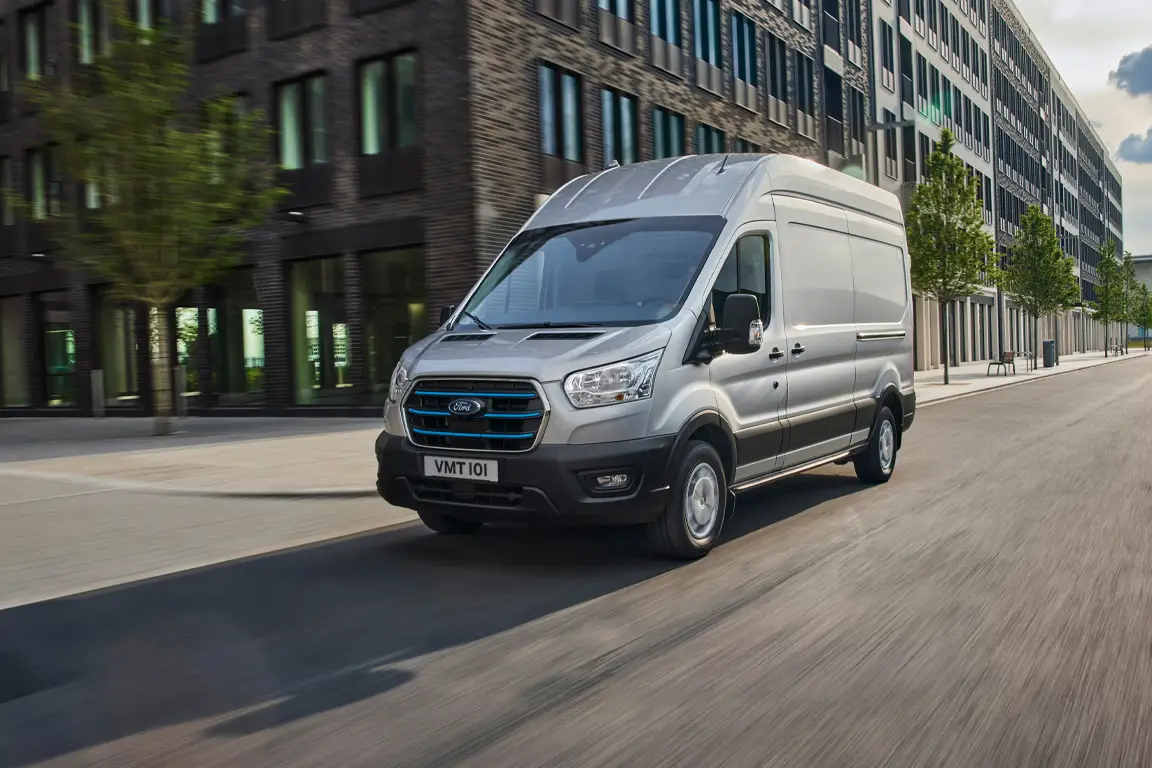
The Large Van is intended for heavy-duty tasks, such as particularly heavy and substantial loads, plus heavier towing capacities. Large vans offer the biggest payloads and towing capacities.
Large vans can swallow unusually sized and shaped loads within the confines of the cargo bay most easily, which is why they are often reserved for large-scale delivery services.
Large vans are generally reserved solely for commercial use and are best choice for those who travel long distances carrying cargo.
They are also offered in varying configurations - from L2 to L5 and H2 to H5 - depending on the requirements of your business, while many models can be specified with standard front-wheel drive, four-wheel drive if your business requires you to venture off-road or rear-wheel drive, which is best for when carrying heavy loads.
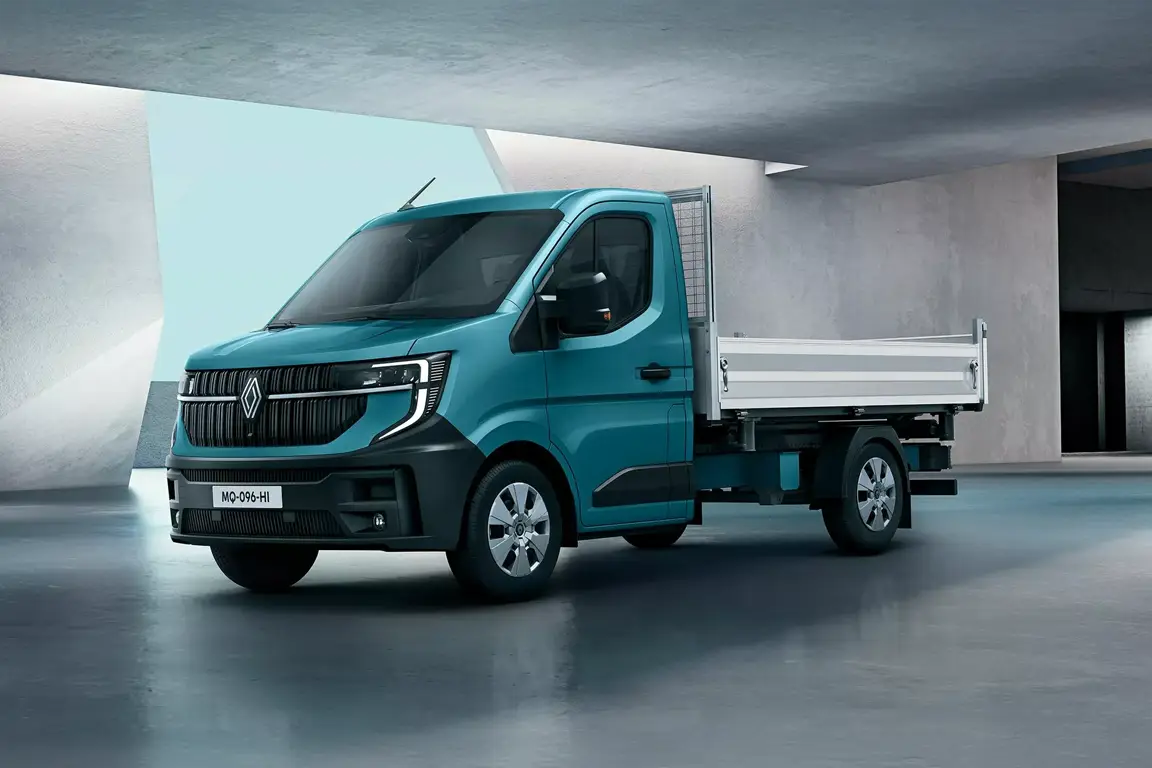
At the upper end of the large van scale is the Luton Van, also known as a Box Van.
These vans feature oversized box-shaped cargo holds made from fibreglass/plastic that bridge the margin between a conventional large van and an HGV.
They provide superior load space to any other van that can be driven on a standard B driving licence.
As well as the enlarged cargo bay, Luton vans also feature a peaked compartment over the driver's cab for additional storage space.
Popular with removal firms and for furniture deliveries, Luton vans come with a tail lift that can hold substantial weight to ensure easy loading and unloading. They can also hold a forklift truck to allow for loads of multiple items at a time.
Luton boxes are developed from the chassis architecture of a standard large van meaning the cab and interior remains the same.
Dropside Vans are open flat-bed vehicles that feature hinged sideboards that drop down below the load bed to offer easy access to materials and cargo.
The design is intended to prevent body damage from loading and unloading, especially when a forklift is used.
As such, dropside vans are particularly popular for transporting heavy goods such as furniture, plant equipment, building materials, tools/supplies and gardening materials.
Dropside vans are known for offering easy loading and unloading, particularly if the materials are loose, while extra anchor points help to prevent items from moving around.
They can also be optioned with accessories, including sideboards that integrate fold-out steps when lowered for easier access and sturdy tail-lifts.
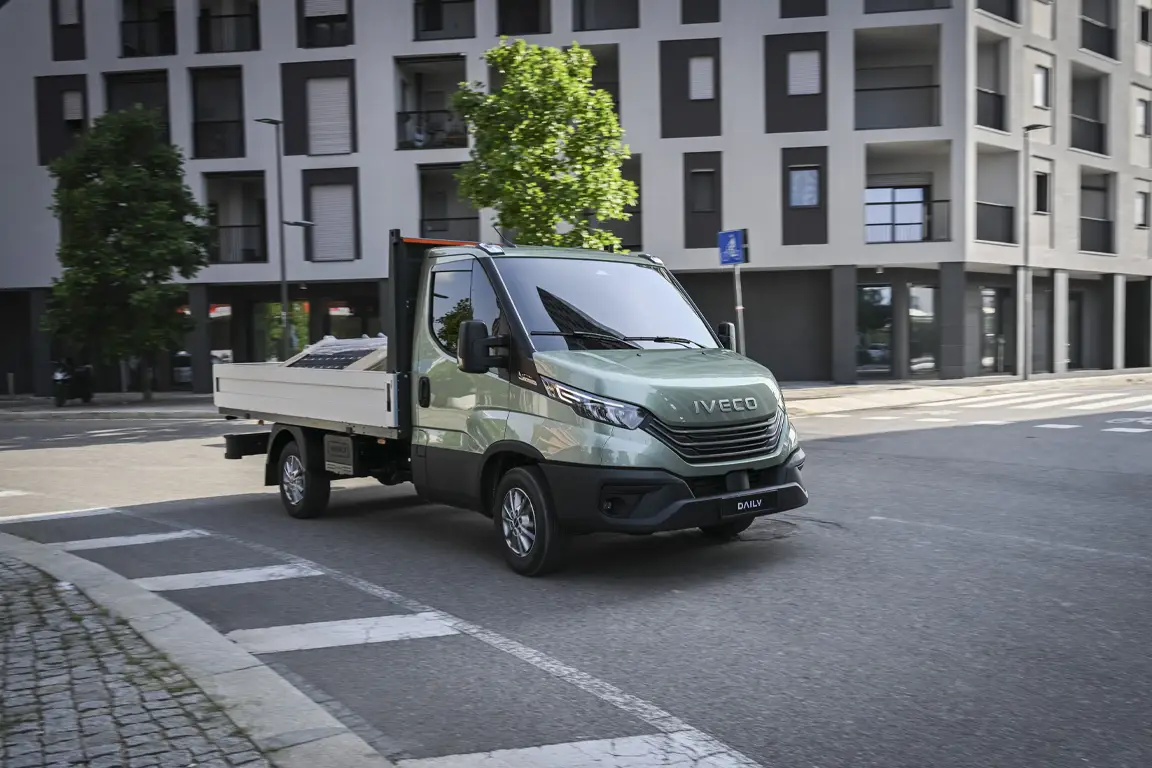
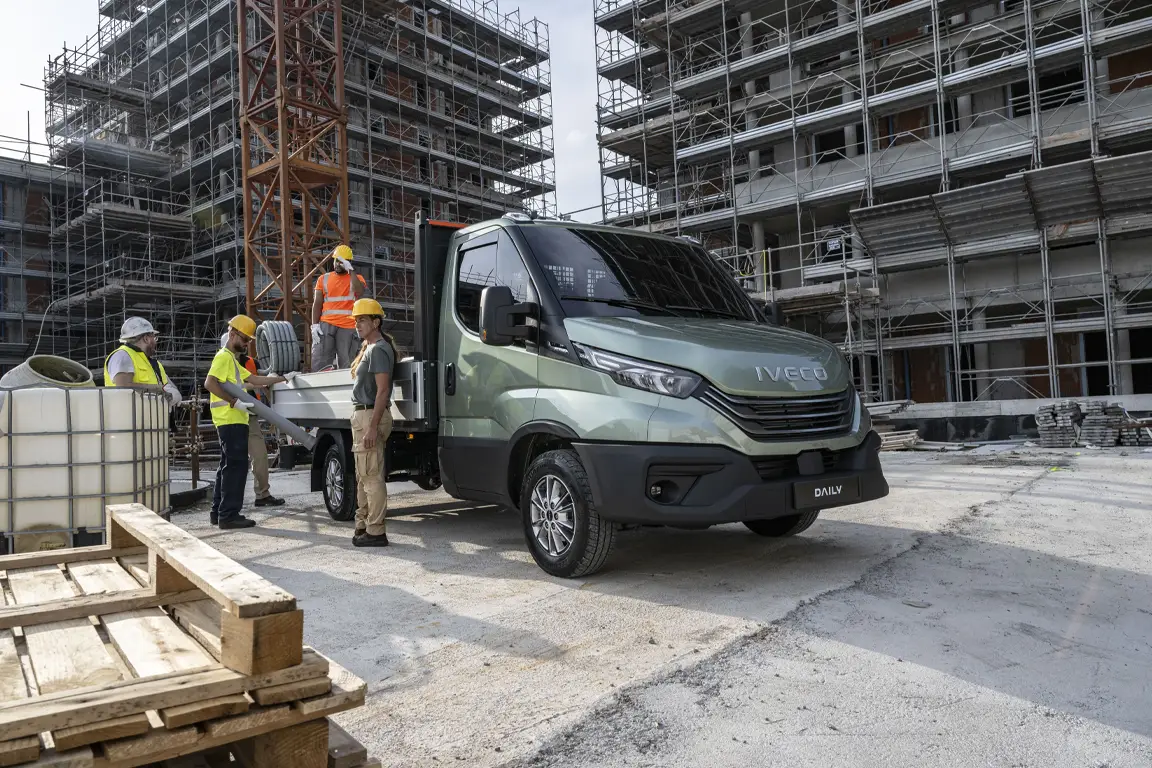
Tipper Vans are visibly similar to Dropside Vans in that they also feature open flat beds, but their loading and unloading functions are different.
Tipper vans have an under-floor raising mechanism that lifts and tilts the entire load area to allow the cargo to tip out.
The tilting mechanism can be used to either lift one end so cargo tips out of the load bay's rear or lifting on one side for it to tip out at the side of the vehicle.
While the rear and side panels of the flatbed do not drop down, they are hinged to allow cargo to unload through when opened.
This functionality allows tipper vans to be used for unloading loose materials, such as dirt, gravel and sand.
A Crew Cab Van - also known as a crew van or double cab van - combines the cargo versatility of a van with the functionality of a family car by typically featuring a rear bench of passenger seats.
Ideal for businesses that have a need to transport both people and goods at the same time, crew cab vans feature a bulkhead that is set further back into a standard van's load bay.
This allows for a second row of seats to be included, which can increase the maximum number of occupants to six passengers (including the driver).
Crew cab configurations are available across small, medium and large size vans, but are often converted from long wheelbase or extended length versions of that particular model to ensure a sizeable load area remains.
Some models feature removable seating at the rear to extend the cargo space when you're not carrying extra passengers, while others can be folded to form a bulkhead behind the front seats.
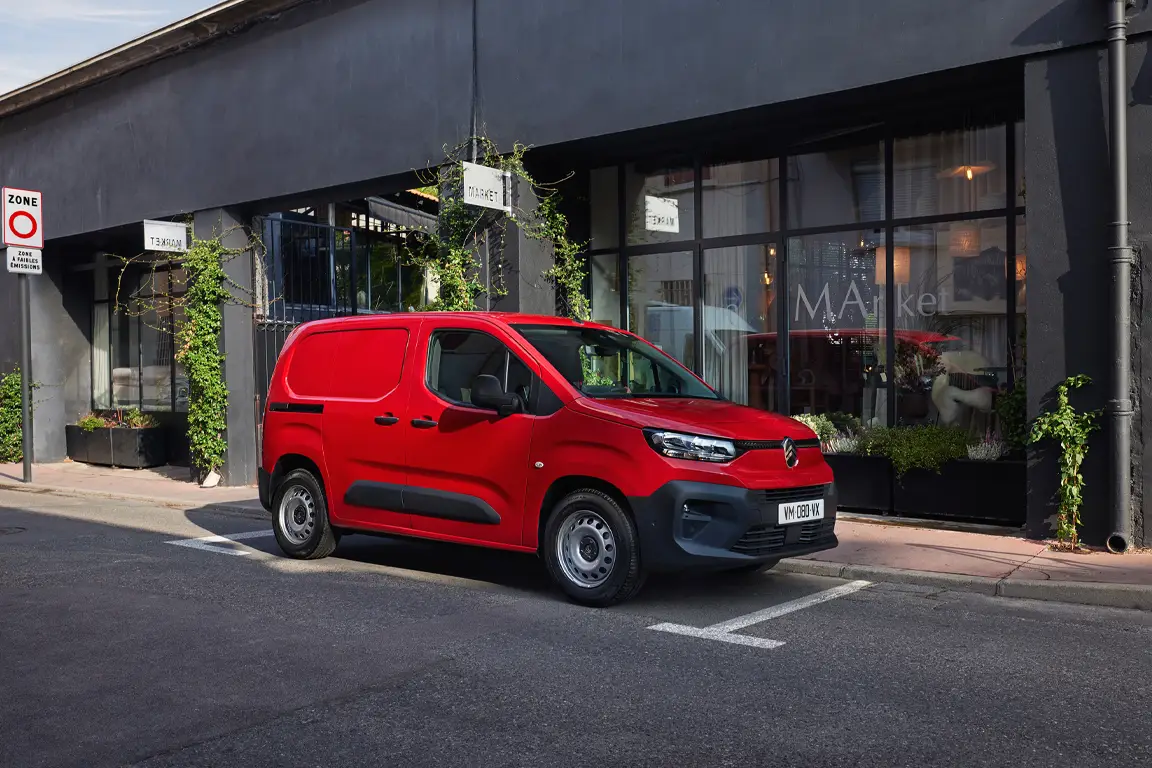
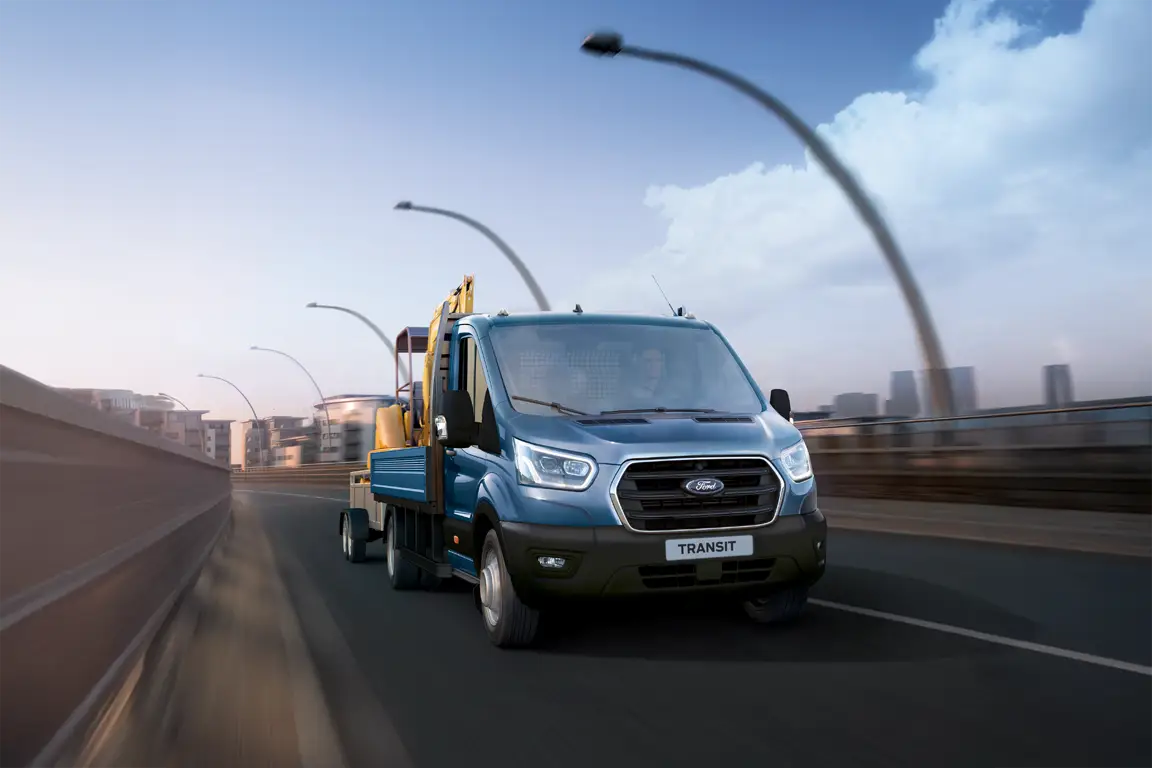
Chassis Cab Vans, also known as Conversion Vans, comprise just the cab and bulkhead fitted to the bare chassis or frame of a van.
This allows individuals to apply their own customisation to suit their business by converting the chassis cab into a Luton van, dropside van or fridge van, for instance.
Chassis cab vans are ideal for those who have specific requirements for their business that cannot be provided by a standard specification van.
Fridge vans are specialised vehicles equipped with refrigeration units that maintain controlled temperatures inside the cargo area.
These vans are popular for delivery firms specialising in food and produce, as well as supermarket delivery services.
Fridge vans might also be used for international travel as the controlled temperatures help to preserve cargo when they are transported over particularly long distances.
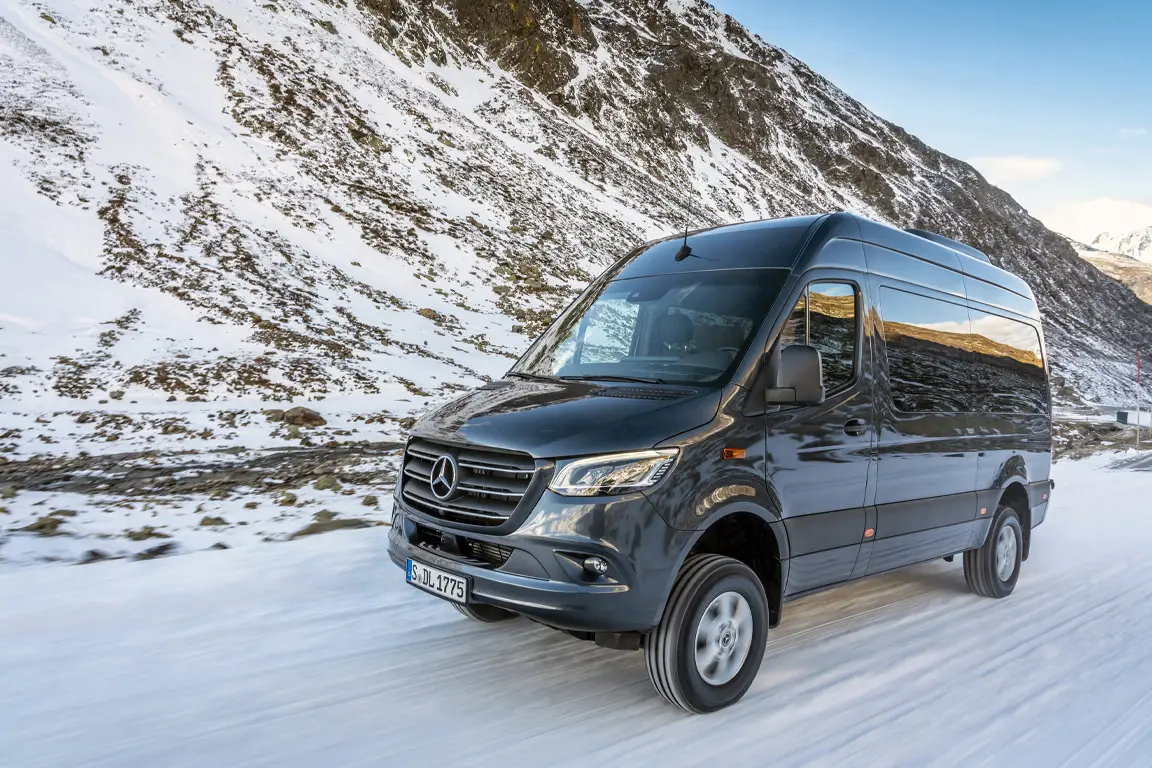
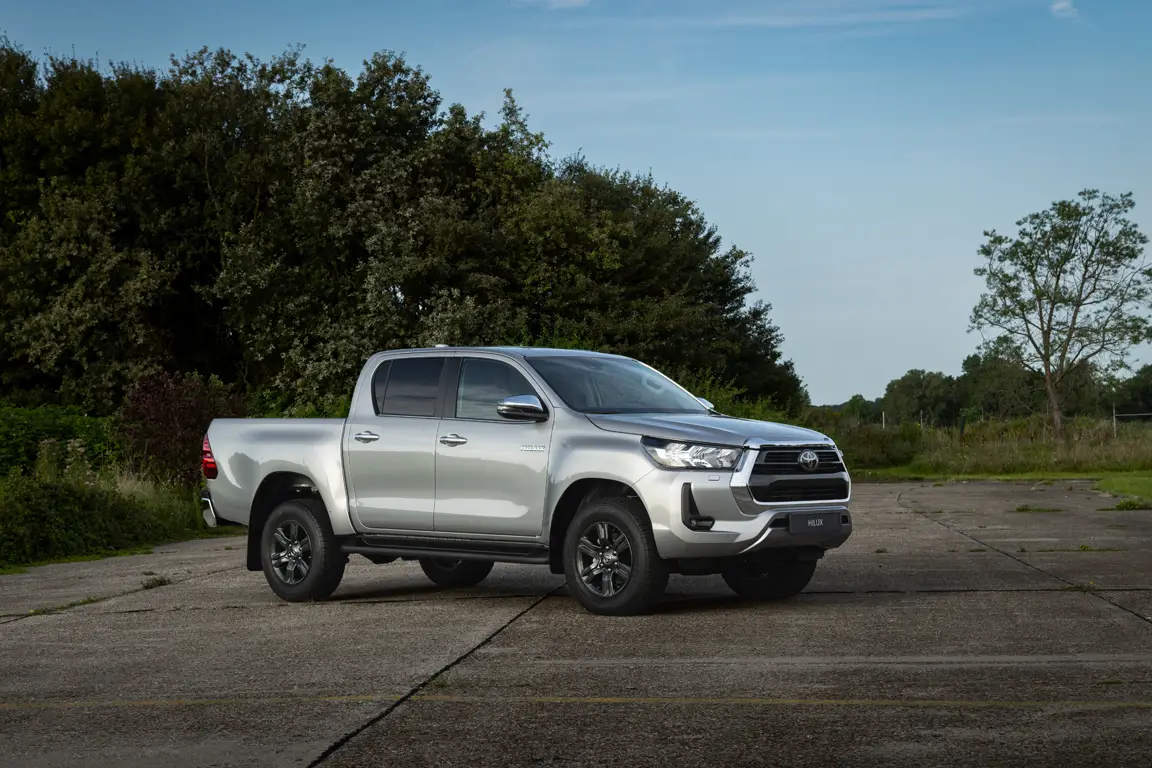
Pick-Up Trucks are four-wheel drive vehicles with a flat, open cargo area, low sides and a tailgate.
They are developed to specialise in off-road conditions, making them popular for the agriculture, farming and adventure industries.
Pick-up trucks can be specified in single cab (two seats), extended cab and double cab (five seats) and are known for their car-like driving manners in addition to their versatile go-anywhere capabilities.
They are also capable of towing large weights, such as small boats, caravans and trailers

Our friendly experts are on hand to help with information about this van and the latest special offers.